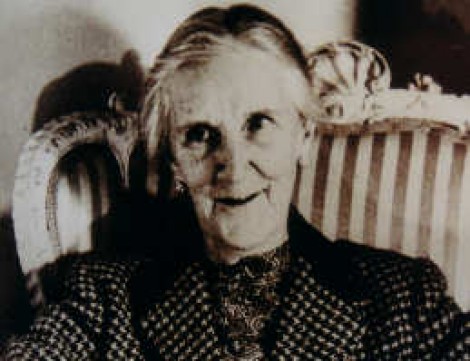ATTWELL, Mabel Lucie
"all my paintings are the outcome of quaint and beautiful things I have seen"
The art of Mabel Lucie Attwell is instantly identifiable - she peopled her artwork with charmingly chubby-cheeked children and mischievous fairies and for most of the twentieth century she was a household name: barely a home in England was without one of her wall plaques or calendars.
Describing how she became an artist Attwell once said, "When I was fifteen... I suddenly announced I'd taken two pictures to a publisher. I simply wanted to earn some pocket money." A few days later Attwell received a cheque for two guineas and so began her long and prolific career.
Initial work came from magazines and postcards, but in 1905 she received her first commission to illustrate a book for W & R Chambers. A short time later her association with the publishers Raphael Tuck was forged leading to some of her most successful works, including illustrations for Alice in Wonderland, Grimm’s Fairy Tales and Hans Andersen’s Fairy Tales.
J.M. Barrie insisted that Hodder and Stoughton approach Attwell to provide illustrations to a new version of his Peter Pan and Wendy, published in 1921. Her drawings of Peter and Wendy are surely amongst her most enduring.
In 1922 it was suggested that Mabel Lucie should provide an annual for the Christmas market which would contain exclusively her own drawings and some of her stories and verse. She approached the challenge with enthusiasm and over the next 52 years a "Lucie Attwell Annual" was produced each Christmas, with the exception of 1933.
Around the same time she invented a series of little books about small green fairies, known as Boo-Boos. These characters quickly proved popular and pottery firm Shelley produced a series of tableware decorated with Boo-Boos.
Attwell was married to fellow artist Harold Earnshaw, with whom she had three children. In her later years as a widow Attwell moved to Fowey in Cornwall, where she lived happily until her death in 1964.
We stock first edition books by Mabel Lucie Attwell, scroll down to see original Attwell watercolours and books.
Add to favourites








